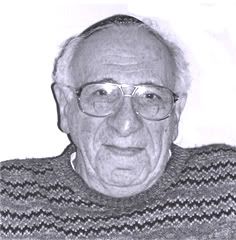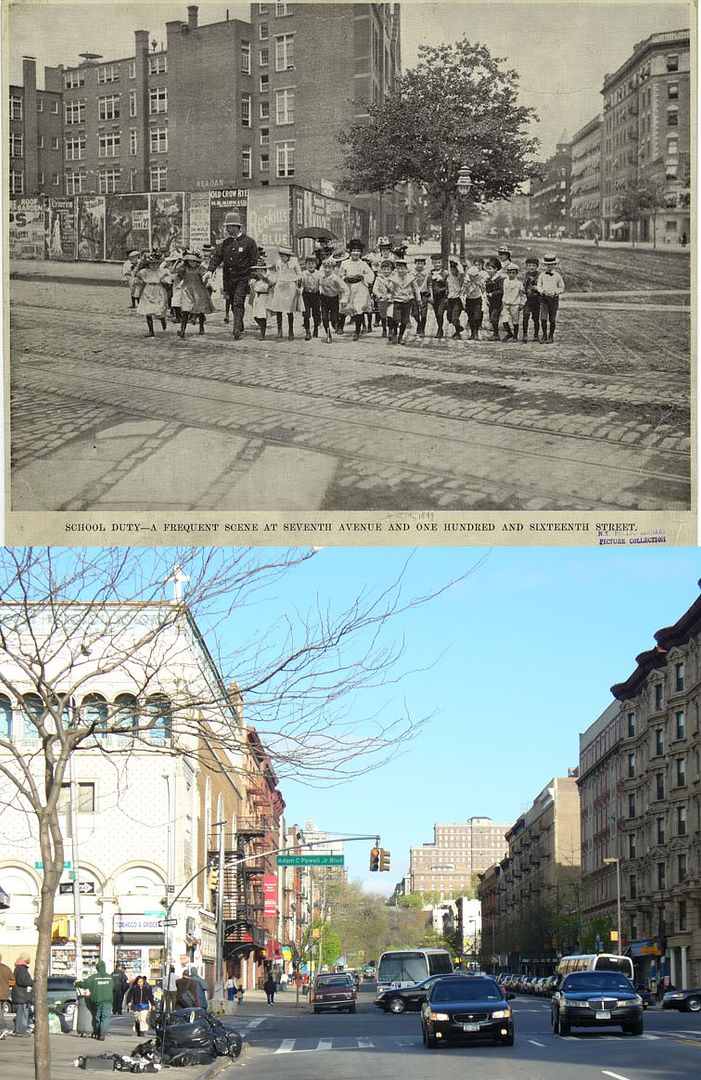
Quite a collage here, yet there's a logic. I caught a recent PBS repeat of an American Master's treatment of Bob Newhart. I like Newhart and I loved the first series, especially the gorgeous Suzanne Pleshette. My father also loved Newhart. I remember a spoof he did on an old Chesterfield or Pall Mall commercial. I think the original had some beautiful rustic scene of the Chesterfield man smoking and everyone in the scene happy. Newhart appears on tv all beat up with a Chesterfield sandwich sign and simply says, "Boy, it was murder in the cornfields today." My father couldn't stop laughing. Newhart's humor was a real subversive poke on the myth of the capitalist dream and its amazing that he was so popular with so many people. We are a lot dumber now. Anyway, Newhart reminded me of my father and so did my wife's cousin Jerry when I posted his piece that mentions his parents meeting at the ILGWU resort, Unity House. My parents and I would go to Unity House for our weekly summer vacation. I enjoyed it. I remember seeing big name stars like Ella Fitzgerald and Totie Fields and Eddie Fisher at the beautiful concert hall which was on the premises. I remember my father shouting out loud in the theater for Ella to sing A Tisket A Tasket and she did. Of course, I found his outburst embarrassing, he was always a big egomaniac. I compare it to Jerry's description of his embarrassments with his father: "I, too, have a strong association with "All the Things You Are." It was my father's favorite song. During my childhood he oftentimes crooned it to me when we walked together. Since I worshipped him, that was most welcome. The trouble is that after "All the Things..." he placed an arm around one of my shoulders and went into "Yes, My Darling Daughter." When he finished that one he invariably asked me if I was his darling daughter. Most times I agreed that I was; on some occasions I remained silent. Always, I resented representing daughterhood to him." And to think I though my father screwed me up. Here's what happened to Unity House:"Unity House was a resort in the Pocono Mountains of Pennsylvania, operated by the International Ladies Garment Workers Union and used as a vacation destination and educational center for its members. It was purchased by Locals 22 and 25 in 1919, and consisted of a lake and 750 acres of land. In the 1920s the locals sold the resort to the international organization. Unity House prospered after World War II, but attendance dropped throughout the 1960s and continued to dwindle in the 1970s and 1980s. The ILGWU closed the resort in 1990. In 2000 it was purchased by a subgrantee of the Mountain Laurel Center for the Performing Arts.






















































